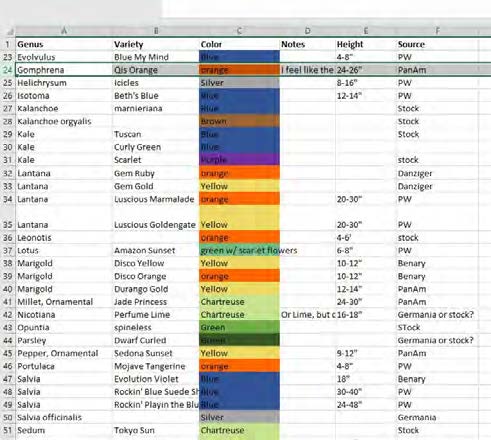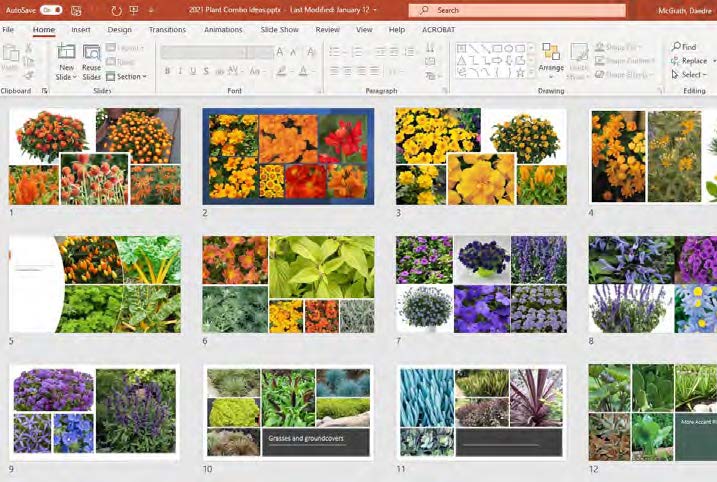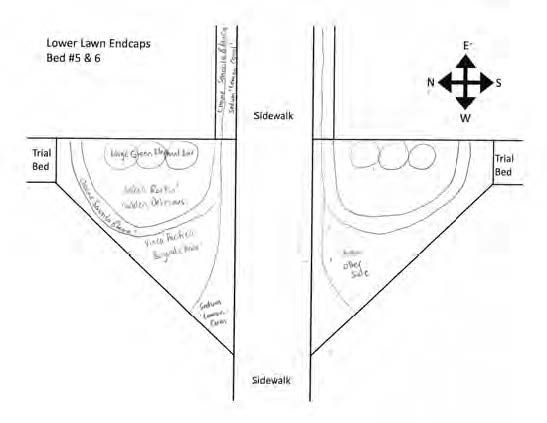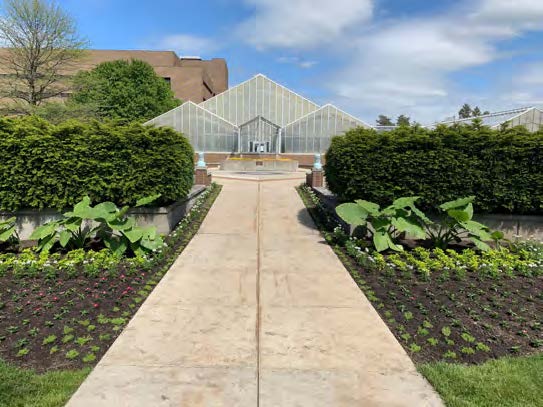Designing our annual garden displays
Winter is the time we plan our annual displays.

Wintertime is when I plan out my garden designs for the following season. Each winter I start making a list of new-to-me plants I want to try in my displays. Then I see if those plants inspire a color palette for the year. This year I wanted to try some blue plants I haven’t gotten to grow very often, including Evolvulus, Isotoma, and Felicia. As a result, my 2021 color palette is going to be blue-heavy with the addition of orange and yellow. I have wanted to do this color palette for a while now, but it does pose its challenges. Blue is hard to come by in the world of annuals. In addition, there are a handful of genera that fill the orange and yellow portion of my palette that I can no longer grow in our garden due to disease issues. For example, I can no longer depend on zinnias of any kind, and vinca and Gomphrena globosa are both a gamble.
After picking my color palette, I produce a list of annuals in each color, as well as a list of accent plants that are green, chartreuse, silver, or black (as these plants will complement any color palette). It’s also important to keep track of the projected height of each variety, so I know in what order, from front to back, I can layer the plants in my beds. I create a list of the plant dimensions in a spreadsheet (Figure 1) and create a photo collage in PowerPoint (Figure 2). I like my PowerPoint-method because I can easily add blank slides to the slideshow and experiment by copying and pasting the images together in different combinations. I have approximately 20 display beds to fill each year, depending on how much space is needed for our trial program. Each bed is a different shape and some have specific plant requirements such as drought tolerance, flood tolerance, or high-traffic tolerance (I have been known to plant spiky Agaves in a bed that often gets trampled by wedding guests).
Once I select the combination I want for a particular bed, I draw out the bed design on a printable template, also made in PowerPoint (Figure 3, a bed design from 2020). I will reference this hand-drawn plan at planting time, although adjustments often have to be made (due to poor germination, crop failure, etc.). It is exciting watching my designs come to fruition. The designs I create in January (Figure 3) get planted in early-June (Figure 4) and then mature into something spectacular later in the season (top picture).







 Print
Print Email
Email

